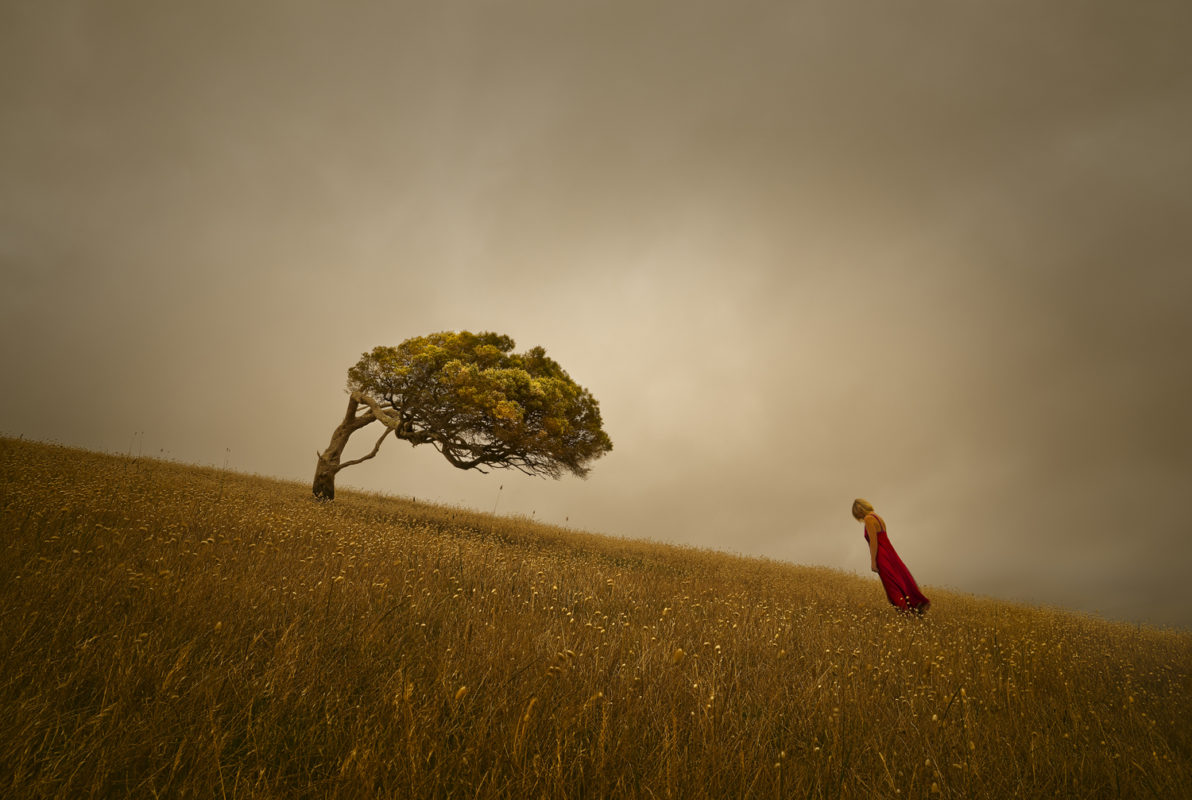Ricardo Da Cunha, a leading Australian landscape photographer, and member of The Light Collective, presented an overview of his work and ways of working to MCC members on Thursday 19 November 2020.
Da Cunha began by speaking about how he became a photographer. As an immigrant from Portugal the young Da Cunha was able to keep in touch with family and friends by sharing Ken Duncan and Steve Parish images of Australia with them. He said: “I began to see Australia through their eyes.” His subsequent move to Western Australia seeded his love of landscape at the same time as exacerbating his sense of alienation and angst while working in the corporate world. What could be more motivating to a creative with the capacity to balance conflict and uncertainty with imagination and the technical know-how of a photographer! His image of standing at the edge of a cliff looking into a misty abyss portrays this exquisite conflict from which his creative impetus grew.
Photography enabled Da Cunha to find his balance, a calm place within himself where he could, pause, steady his gaze, and apprehend both the destructive aspects of contemporary life, and his sense of hopefulness, derived from his personal response to the natural world. But in his earlier career he was still in the thrall of the master photographers he looked up to. He had an “awakening moment” in 2012 when he recognised his images were derivative: he had to find his own vision or move on from photography all together. Another hero, the Canadian photographer David duChemin (of Craft & Vision) nudged him towards questioning himself and knowing more about his passions and values. In paying attention to what he was drawn to Da Cunha became more conscious of what was important to him. More specifically he became adept at knowing how to express the space and silence he required to nurture his responsiveness to the vast Australian landscapes he was exploring. “I needed to find space so my soul could breath”’ he said. His foundational work became increasingly minimalist. Reduced colour, increased negative space, the depiction of single subjects – a tree, a person; foot prints in the sand; ripples in a body of water; dramatic clouds against primordial mountain ranges; snow; fathomless mists; all served at various times to create an atmosphere of contemplative numinousity.
More recently he has moved into “embracing myself in my work” – exploring the strong feelings he has about something and working out ways to express and communicate them visually. His images are more often composites, incorporating only those element essential to revealing a simple yet deeply felt narrative. They have become more symbolic and metaphoric – a lady and a tree might lean towards each other in their yearning for connection. He said that during the bushfires at the beginning of the year he lay awake at night grieving the loss of animals and their habitat. He represented his feelings in a diptych: a burning tree aflame in a burnt out night scape with an image of birds rising dream-like from a luminous white tree against a charcoal ground.
Da Cunha unpacked his image-making process with a work entitle ‘Consumed’. If you weren’t with us on Thursday night I would recommend watching the video. At the end of the day ‘Consumed’ revealed that Da Cunha’s original impetus for image making is still alive – despair, alienation, and anxiety act as a flint for hope, wonderment and connection. But now Da Cunha has established an authentic voice to explore and express these feelings in a way that speaks of a more general truth that challenges us, the viewer, to be more conscious of our inner and outer worlds.
Website: https://www.ricardodacunha.com.au/work and https://www.thelightcollective.com.au
By Helen Lang
The video will be available on the Members video library page soon.

